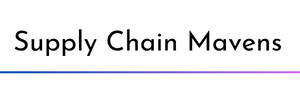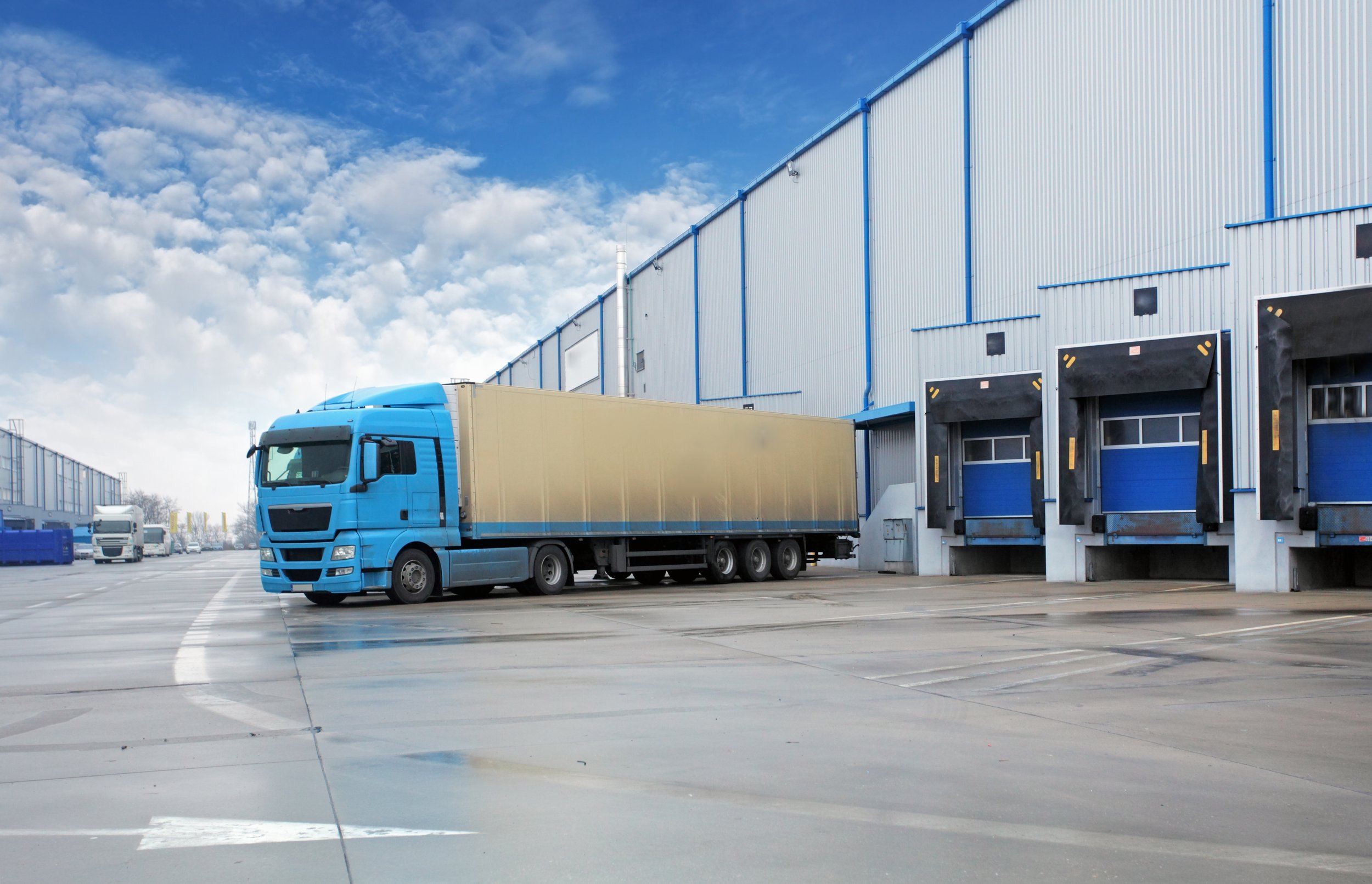How Bonded Warehouses, Free Trade Zones, and Bonded Logistics Help Mitigate Tariff Risk in Supply Chain Management
In the evolving landscape of global trade, supply chain managers must navigate economic uncertainty, fluctuating demand, and complex regulatory environments. One major disruptor was the wave of tariffs introduced earlier this year by the Trump administration, particularly targeting imports from China. These tariffs significantly increased costs for U.S. importers and forced businesses to rethink their supply chain strategies.
In response, many companies have turned to bonded warehouses, free trade zones (FTZs), and bonded logistics as tools to manage cash flow, improve agility, and mitigate risk in an increasingly protectionist world.
The Tariff Challenge: A Catalyst for Change
The Trump-era tariffs—particularly the tariffs on billions of dollars' worth of Chinese goods—sent shockwaves through global supply chains. Companies are facing higher import costs, squeezed margins, and uncertain policy timelines. For supply chain managers, this is not only a pricing issue—it has become a strategic imperative.
As businesses seek ways to mitigate tariff exposure and maintain continuity, bonded trade solutions have risen to the forefront.
What Is a Bonded Warehouse?
A bonded warehouse is a secure facility authorized by customs authorities where imported goods can be stored without the immediate payment of duties or tariffs. Goods may remain in the warehouse for an extended period—often up to five years—giving importers flexibility in deciding when and where to release products into the domestic market.
Post-tariff benefits of bonded warehouses include:
Duty deferral: Duties and tariffs are only paid when goods are withdrawn for domestic consumption.
Strategic inventory holding: Companies can hold high-tariff goods in bond while evaluating legal, economic, or political developments.
Re-export opportunities: Goods that are re-exported from bonded warehouses may completely avoid tariffs
What Is a Free Trade Zone (FTZ)?
A Free Trade Zone (FTZ)—also called a Foreign-Trade Zone in the U.S.—is a designated area where imported goods can be stored, processed, assembled, or even manufactured without being subject to customs duties until they enter the domestic market.
FTZs offer unique advantages in the context of tariffs:
Avoid or reduce duties: If imported materials are used to manufacture a product with a lower duty rate, companies pay the lower rate when the product leaves the zone
Tariff engineering: Companies can modify goods within the FTZ to qualify for different tariff classifications.
Inventory control: Goods can be warehoused indefinitely, allowing businesses to pace their market entry strategically.
What Is Bonded Logistics?
Bonded logistics refers to the seamless management of warehousing, transportation, and customs operations under bonded status. It allows businesses to move goods across bonded facilities and zones without paying duties—until they finalize their market destination.
In a tariff-heavy trade environment, bonded logistics enables:
Cross-border flexibility: Companies can redirect goods to different markets without incurring domestic duties.
Just-in-time decision-making: Products can be stored in bonded zones while final sales channels are confirmed, reducing unnecessary tariff exposure.
Centralized compliance: Logistics providers manage customs filings, classification, and tariff application—minimizing regulatory risk.
Using Bonded Trade Tools to Mitigate Tariff Risk
Let’s say a U.S.-based electronics distributor sources components from China that are subject to tariffs. Rather than paying those tariffs upon arrival, the company stores the parts in a bonded warehouse while considering options. Some components are re-exported to Latin America, avoiding U.S. tariffs altogether. Others are moved to a Free Trade Zone, where they are assembled into finished products that fall under a lower duty rate. The distributor uses bonded logistics to transport goods efficiently between facilities while deferring any tax liability.
This strategy allows the company to:
Preserve cash flow during uncertain trade negotiations
React to changes in tariff policy or customer demand
Lower the effective duty rate through value-added processing
Final Thoughts
The Trump administration’s tariff policies fundamentally changed how many companies think about global sourcing and trade compliance. While some tariffs have remained under the Biden administration, the broader lesson for supply chain leaders is clear: resilience and adaptability are non-negotiable.
Tools like bonded warehouses, free trade zones, and bonded logistics offer strategic levers to reduce cost, manage uncertainty, and respond dynamically to trade policy shifts. In an era of continued geopolitical tension and evolving trade dynamics, these tools are no longer just for large multinationals—they’re essential for any business operating on a global scale.
Consider earning a supply chain certification or certificate to manage through these disruptive times, view our class and workshop schedule or team training options.
Want to know more about tariffs? Check out the Association for Supply Chain Management’s Tariff Tracker.


